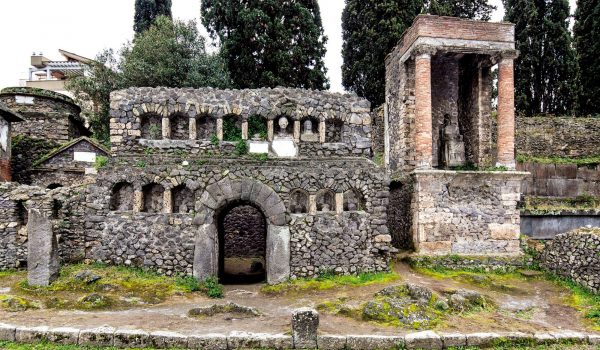William Van Andringa (University of Lille)
APP Contact Person Marialaura Iadanza
The Porta Nocera research programme aims to study the process of establishing and developing a Roman urban necropolis in Pompeii. As such, the necropolis of Porta Nocera, in the south-east sector of the city’s outskirts, offers a privileged study field. Indeed, monuments and funerary enclosures with burial structures (graves, cremation areas) built along the road to Nocera are well preserved, including also in-situ inscriptions. Since we can assume that the necropolis was founded during the Roman colonisation of Pompeii in 80 B.C. and was used until 79 A.D. we are able to closely study the funerary practices over a relatively short time period of about 160 years.
The ongoing survey also aims to examine the cremation and funerary rituals and actions, the different phases in the installation of the tombs and their main characteristics, as well as the activities and timing of the commemoration of the dead. All these allow an unusual approach to the study of social structures in a Roman city, particularly concerning family ties. As a matter of fact, by studying funerary rites and practices it was possible to observe that everybody, including those usually on the fringes of society such as slaves and children dead at an early age, were sometimes buried inside the funerary enclosures.


